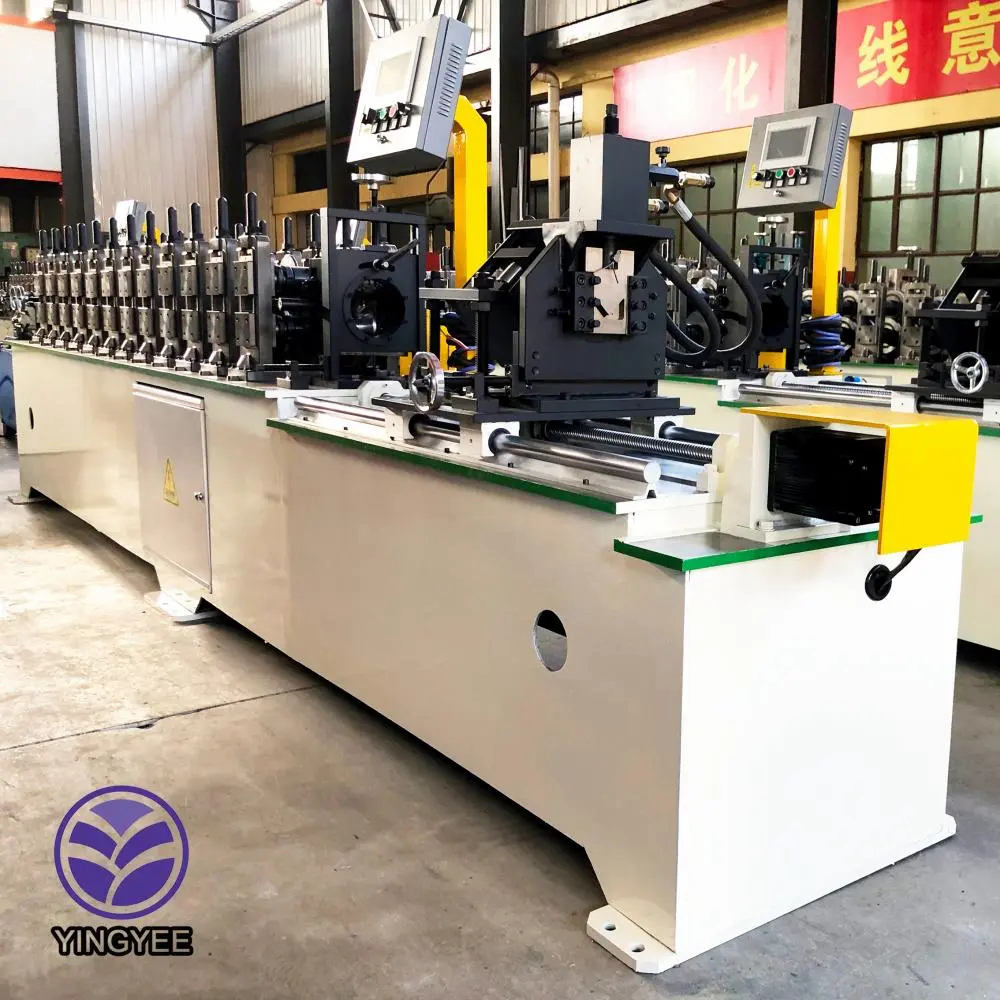
The Importance of Truck Fender Cold Bending Machines in the Automotive Industry
In the automotive industry, precision and efficiency are paramount. One crucial aspect that often goes unnoticed is the shaping and forming of parts that make up vehicle components, such as truck fenders. Truck fender cold bending machines have emerged as essential tools for manufacturers looking to enhance productivity while maintaining high-quality standards.
Understanding Cold Bending
Cold bending is a process that involves deforming metal without the application of heat. This technique preserves the integrity of the material, minimizing the risk of alterations to its properties. In the context of truck fender production, cold bending machines efficiently shape pre-formed sheets of metal into the desired fender profile with precise angles and curvatures.
The advantages of cold bending over hot bending processes are numerous. Cold bending typically requires less energy, produces less waste, and results in a more refined surface finish. For truck fender manufacturers, these attributes translate into cost savings and increased output.
Functionality of Truck Fender Cold Bending Machines
Truck fender cold bending machines operate with a combination of hydraulic or mechanical force to achieve the desired shape. The process begins with the feeding of flat metal sheets into the machine, which then utilizes rollers, brakes, and dies to bend the material. Advanced machines are equipped with programmable controls, allowing for the creation of complex geometries with ease. This flexibility is vital in meeting the diverse design requirements of various truck models.
Moreover, modern cold bending machines are designed with safety features and operational efficiencies in mind. Features such as automatic adjustments, safety clamps, and emergency stops ensure worker safety while maximizing productivity.

The Role in Production
In truck manufacturing, fenders play a critical role not only in aesthetics but also in function and safety. Properly designed fenders protect vehicles from debris, enhance aerodynamics, and contribute to the overall durability of the truck. Thus, the need for precision in their production cannot be overstated.
Cold bending machines facilitate high-volume production runs without compromising quality. Manufacturers can maintain consistent dimensions and finishes across batches, ensuring that each fender meets strict standards. This consistency is crucial for assembling trucks where precise fitting of components is essential.
Environmental Considerations
With a growing emphasis on sustainability, the automotive industry is increasingly focused on reducing its environmental footprint. Cold bending machines produce less scrap metal compared to traditional bending processes, contributing to more efficient resource use. Additionally, the energy consumption of cold bending is generally lower, aligning with the industry’s shift towards greener practices.
Conclusion
In summary, truck fender cold bending machines are an integral part of the automotive manufacturing process. By combining efficiency, precision, and sustainability, these machines not only enhance production capabilities but also support the industry's evolution towards higher quality and environmentally friendly practices. As technology continues to advance, the importance of such machinery in shaping the future of truck manufacturing remains clear.